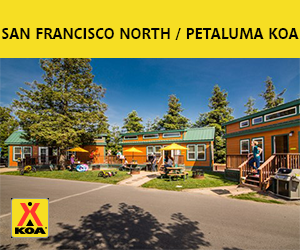Leave No Trace
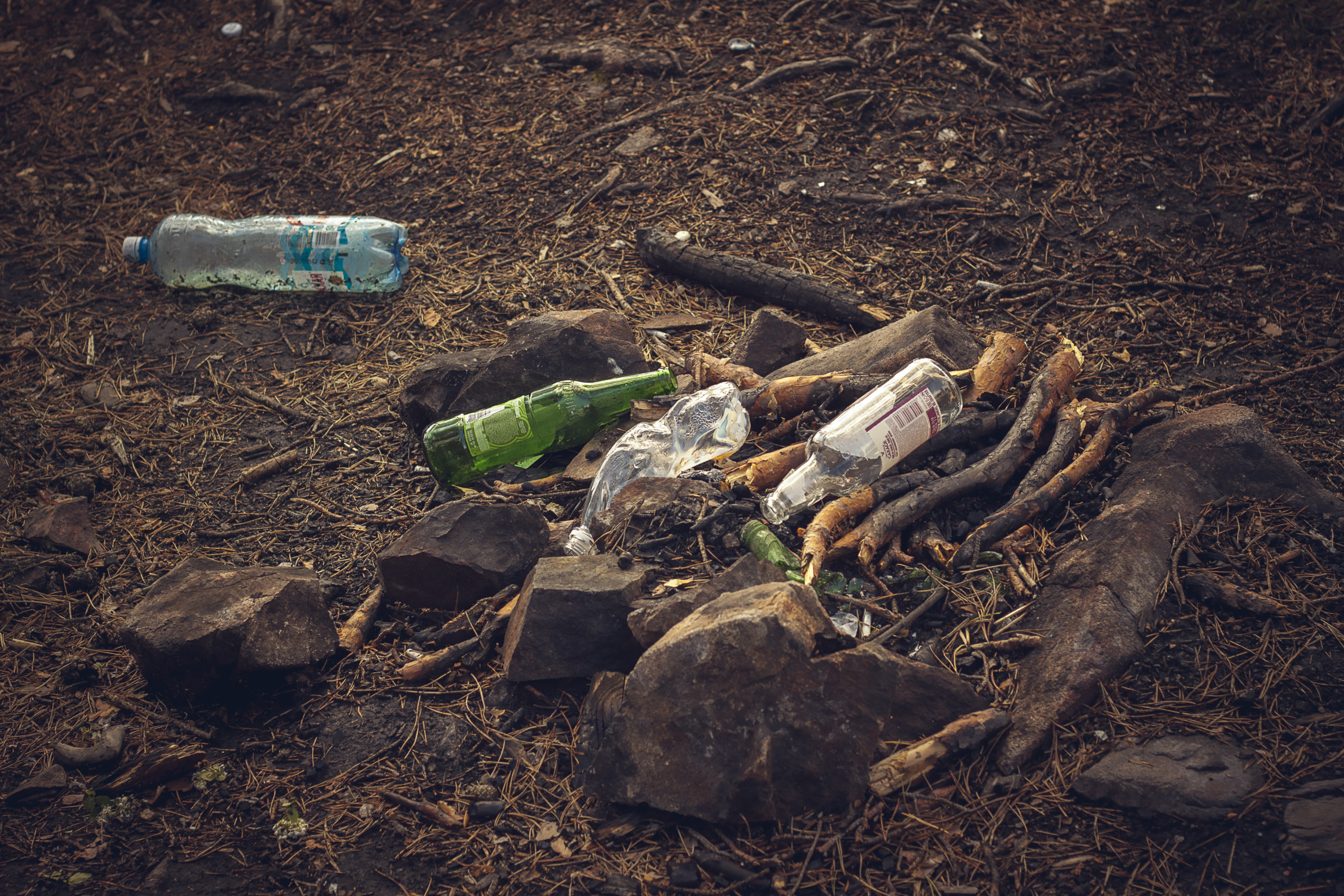
Sustain Healthy & Vibrant Natural Lands
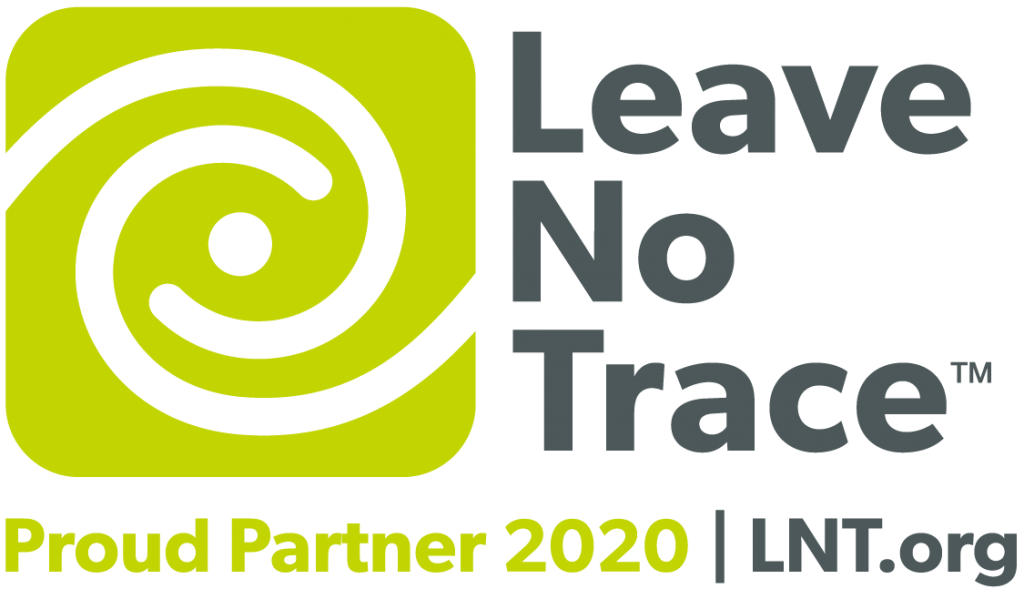
9 out of 10 people in the outdoors are uninformed about their impacts, and Leave No Trace wants to change that. From remote wilderness areas to local parks, The Leave No Trace Seven Principles provide an easily understood framework of minimum impact practices for anyone visiting the outdoors. The principles are continually examined, evaluated, and reshaped to stay up to date and help keep our natural areas protected. Following The Leave No Trace Seven Principles makes it easy for any person venturing outdoors to minimize their impact and protect and enjoy our world responsibly.
If you need help improving upon any of The Leave No Trace Seven Principles, click on “Learn More” under each item for all the information you need to help do your part.
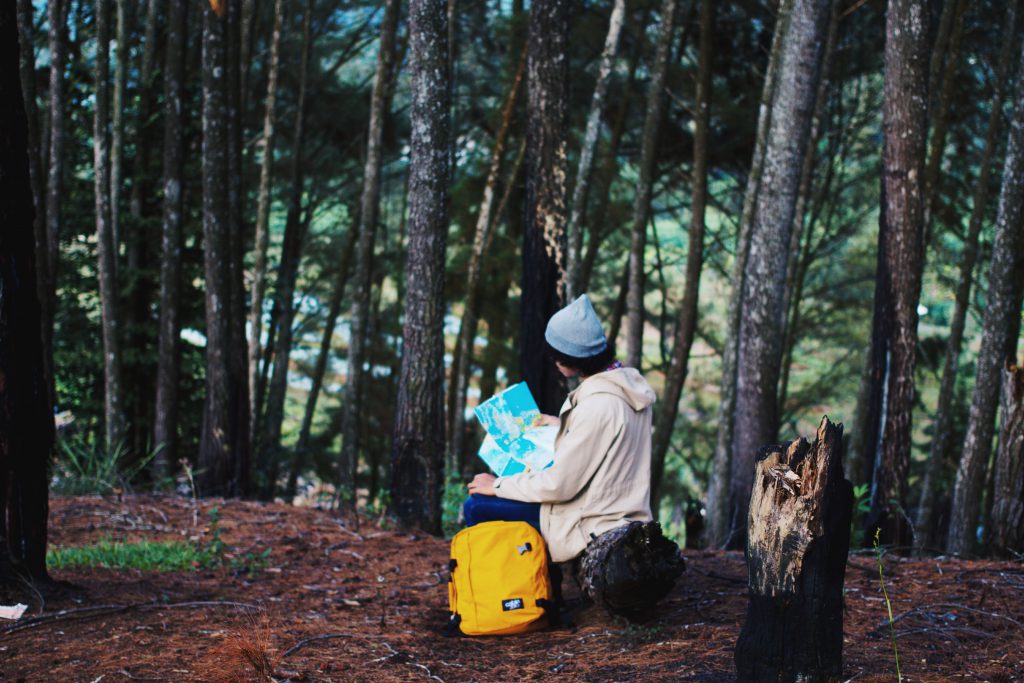
1. Plan Ahead & Prepare
- Know the regulations and special concerns for the area you’ll visit.
- Prepare for extreme weather, hazards, and emergencies.
- Schedule your trip to avoid times of high use.
- Visit in small groups. Split larger parties into smaller groups.
- Repackage food to minimize waste.
- Use a map and compass to eliminate the use of rock cairns, flagging, or marking paint.
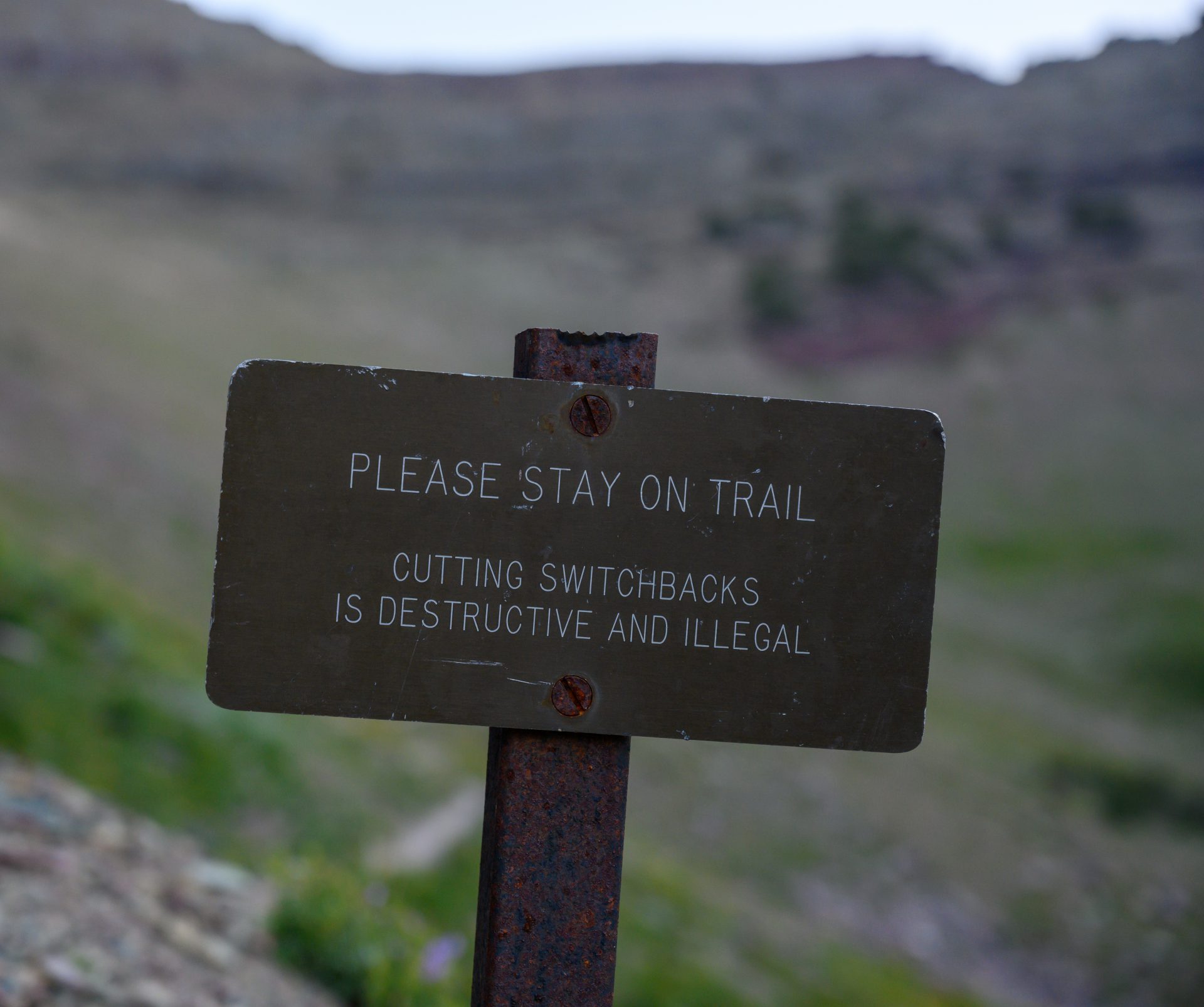
2. Travel & Camp on Durable Surfaces
- Durable surfaces include established trails and campsites, rock, gravel, dry grass, or snow.
- Protect riparian areas by camping at least 200 feet from lakes and/or streams.\
- Good campsites are found, not made. Altering a site is not necessary.
In popular areas…
- Concentrate use on existing trails and campsites.
- Walk single file in the middle of the trail, even when wet or muddy.
- Keep campsites small. Focus activity in areas where vegetation is absent.
In pristine areas…
- Disperse use to prevent the creation of campsites and trails.
- Avoid places where impacts are just beginning.
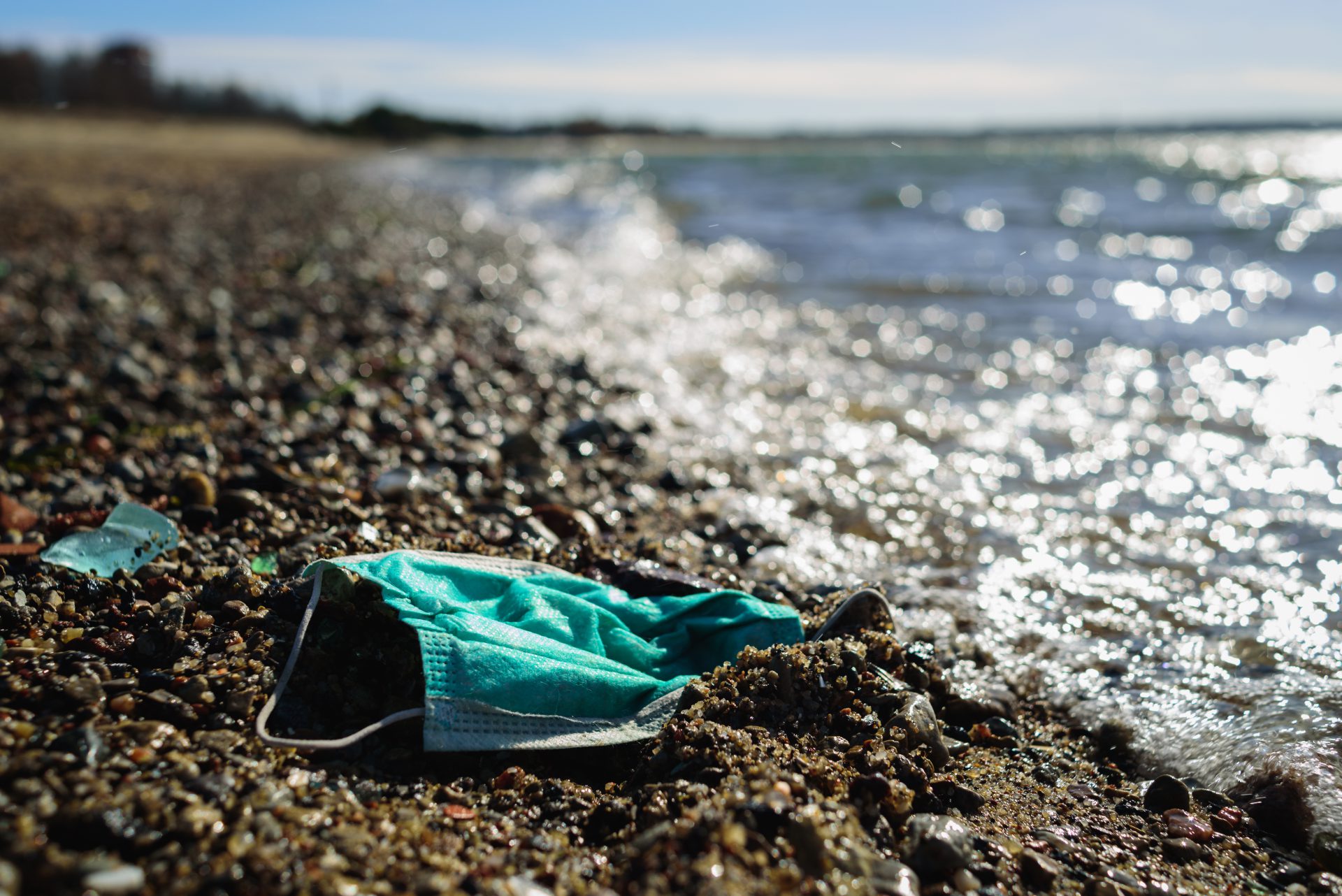
3. Dispose of Waste Properly
- Pack it in, pack it out. Inspect your campsite and rest areas for trash or spilled foods. Pack out all trash, leftover food, and litter. Burning trash is never permitted.
- Deposit solid human waste in catholes dug 6 to 8 inches deep at least 200 feet from water, camp, and trails. Cover and disguise the cathole when finished.
- Pack out toilet paper and hygiene products.
- To wash yourself or your dishes, carry water 200 feet away from streams or lakes and use small amounts of biodegradable soap. Scatter strained dishwater.

4. Leave What You Find
- Preserve the past: observe, but do not touch, cultural or historic structures and artifacts.
- Leave rocks, plants, and other natural objects as you find them.
- Avoid introducing or transporting non-native species.
- Do not build structures, furniture, or dig trenches.
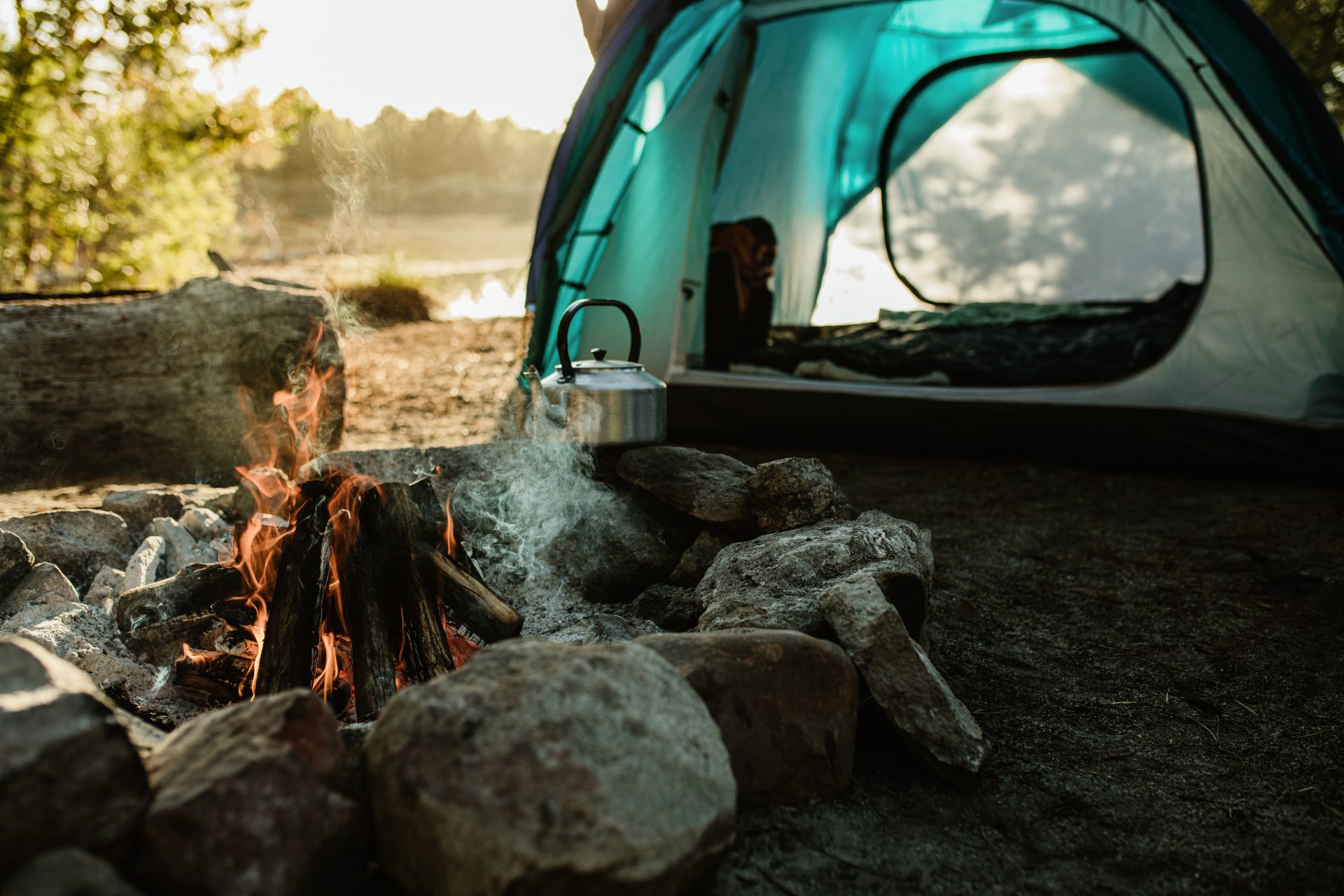
5. Minimize Campfire Impacts
- Campfires can cause lasting impacts to the environment. Use a light-weight stove fr cooking and enjoy a candle lantern for light.
- Where fires are permitted, use established fire rings, fire pans, or mound fires.
- Keep fires small. Use only sticks from the ground that can be broken by hand.
- Burn all wood and coals to ash, put out campfires completely, then scatter cool ashes.
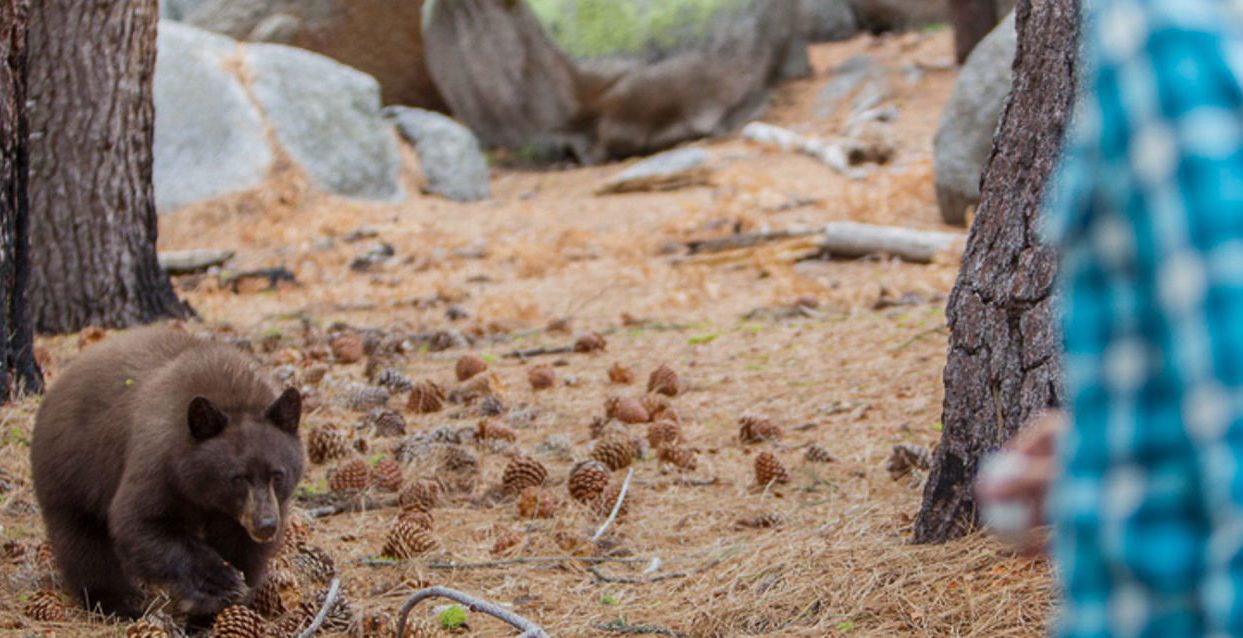
6. Respect Wildlife
- Observe wildlife from a distance. Do not follow or approach them.
- Never feed animals. Feeding wildlife damages their health, alters natural behaviors, and exposes them to predators and other dangers.
- Protect wildlife and your food by storing rations and trash securely.
- Control pets at all times, or leave them at home.
- Avoid wildlife during sensitive times: mating, nesting, raising young, or winter.
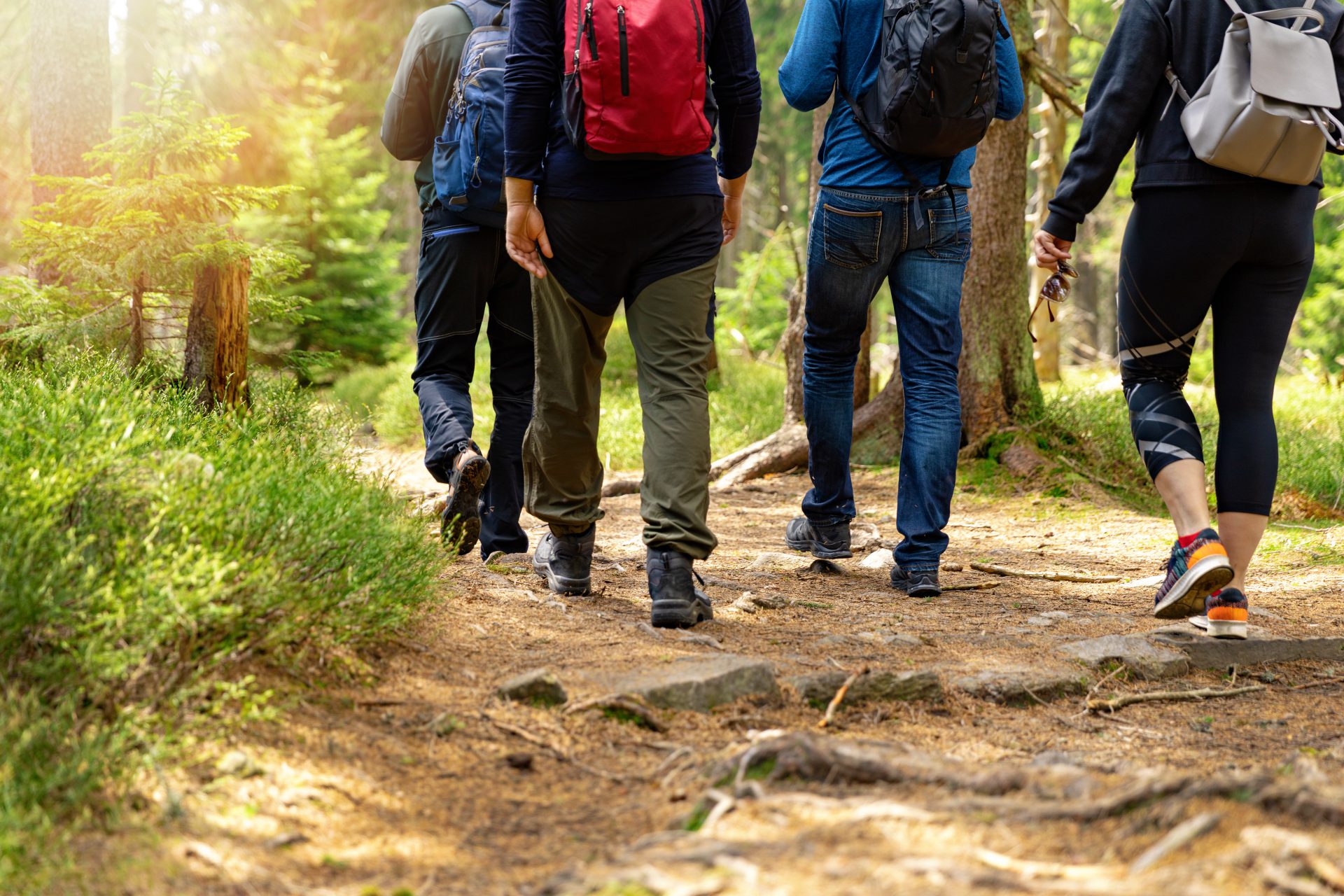
7. Be Considerate of Other Visitors
- Respect other visitors and protect the quality of their experience.
- Be courteous. Yield to other users on the trail.
- Step to the downhill side of the trail when encountering pack stock.
- Take breaks and camp away from trails and other visitors.
- Let nature’s sounds prevail. Avoid loud voices and noises.
Here are some of the issues Leave No Trace solves:
- Damaged Trails & Natural Areas
- Polluted Water
- Connecting Youth to Nature
- Wildlife at Risk
- Destructive Fires
- Crowded Parks
Please visit LNT.org for more information on how to do your part.
© 1999 by the Leave No Trace Center for Outdoor Ethics: www.LNT.org.







